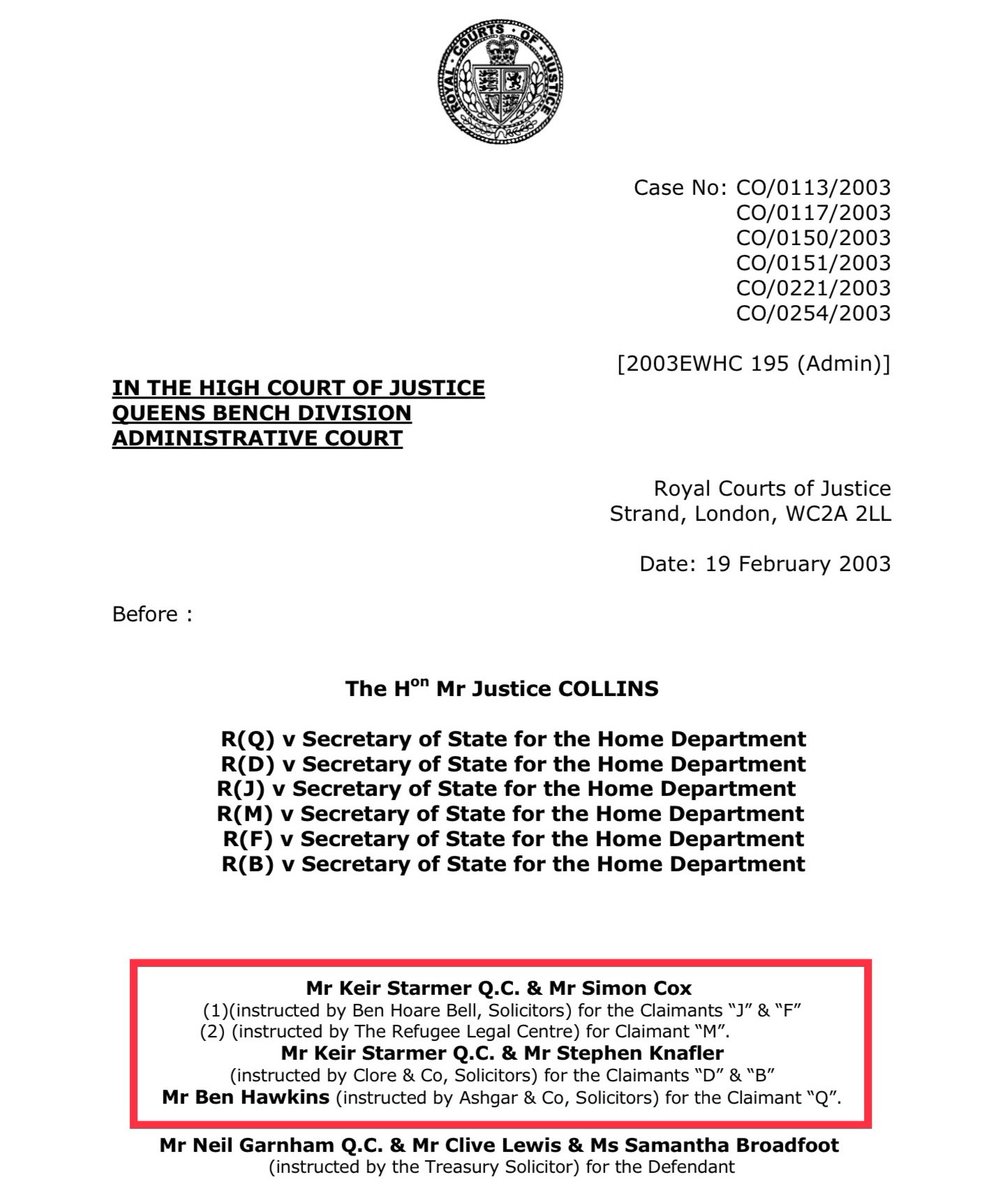What happens to Coroners' reports?
Nearly 600,000 people die in England and Wales every year from a multiplicity of causes, 'natural' or otherwise. Of these in 2022, over 36,000 resulted in a Coroner's Court Inquest, which endeavours to attribute a general cause to the death.
Coroners are one of the oldest judicial appointments. It can be traced back 910 AD and King Alfred but up to recent times has been a local government function in England and Wales, independent of Central Government and the rest of the judicial system.
As from 2009, although still located within local government, Coroners have come under the jurisdiction and general direction of the central government Justice Department. This may have both its pros and cons in sensitive cases, where political issues may be involved. In the investigation of deaths, the Coroner works closely with the police and other agencies such as the Health and Safety Executive.
- The cause of death is unknown
- The death may have been violent or unnatural
- The death may have occurred in police custody or prison
- The cause of death was not found during the post mortem
- The deceased was in the care of the state at the time of death
 |
The Preventable Deaths Tracker newsletter provides unique summaries of coronial data to help learn lessons from inquests for public health and safety. If you enjoy it, consider supporting this work for only £5.99 a month (£1.38 a week!), you’ll gain access to all articles, the archive, and the comment section.
Coroners have been sending reports to organisations to take action to prevent future deaths for over 11 years. However, no one is responsible for understanding who receives these reports, whether they respond, and if action is taken. The Preventable Deaths Tracker is changing this: the only platform that provides real-time statistics.
To highlight what the Preventable Deaths Tracker’s databases can do, I’m launching a new series to share specific analyses on the organisations receiving coroner reports. Today, I’m starting with Ambulance Trusts - the service we rely on in emergencies, often matters of life or death.
217 coroners’ reports
There are 11 Ambulance Trusts in England and Wales. Collectively, coroners sent 217 reports to Ambulance Trusts between July 2013 and 24 November 2024. One-fifth (22%) of reports were sent to the Welsh Ambulance Services, and one-tenth (12%) were sent to the London Ambulance Service.
Every organisation that receives a coroners’ report should respond to all (100%) reports by law. The South East Coast and Yorkshire Ambulance Services have the best response rates, with two-thirds (67%) of all their responses published. The London Ambulance Service has the worst response rate, with only one-third (35%) of reports with published responses.
Trends over time
Ambulance Trusts received the most (16%) reports in 2019, with trends dropping during the COVID-19 pandemic.
Do Ambulance Trusts track their reports?
Organisations don’t publish statistics on how many reports they receive from coroners and what actions they take to prevent future deaths. Sharing this information would build a national learning culture where similar organisations could adopt similar actions.
To understand whether Ambulance Trusts were capturing (and hopefully using) this information, I asked them. The majority (54%) of Ambulance Trusts initially refused to share any information, citing that it was already available via the judiciary website. But as I’ve mentioned before, the entire “system” relies on email exchanges, so not all written reports get published. After explaining this, one-third (36%) of Ambulance Trusts continued to refuse to share any information, including:
The remaining Ambulance Trusts shared all or some of their data. When comparing the information shared with the Judiciary website, three Ambulance Trusts underreported (i.e. the Trusts are missing reports), and two Ambulance Trusts reported more reports (i.e. the judiciary website is missing reports). It’s a mess.
The Welsh Ambulance Services University NHS Trust reported that since 2022, they’re using a national database 'Once for Wales' Datix Cymru system to record its inquest management. So, it’s great to hear work is being done to improve data capture, but English Ambulance Trusts (and the other 2,000+ organisations that receive coroners’ reports) now need to follow.
The lack of any “system” to track and use coroners’ reports is a missed opportunity. Local approaches to improve data capture are a positive start, but a national approach is needed. Until then, the Preventable Deaths Tracker will keep tracking.
18.1.2025: Coronavirus.
The Verdict. The expert who warned the world but was ignored.
https://www.ukcolumn.org/video/licence-to-kill-drugs-with-consequences-with-dr-mike-yeadon?fbclid=IwY2xjawH4w6lleHRuA2FlbQIxMQABHYG9ZWFkHcOIPoB2AaN9tDSMdhGxN1lRHiKerxfRcQNUplTQHDqOWPiMiw_aem_Z5Jylw4EfPFqf7sep8OLqA
In December 2020, Drs Mike Yeadon and Wolfgang Wodarg wrote to the European Medicines Agency (EMA) to petition for a stay of action, concerning the clinical trials for the drugs which were referred to as ‘Covid vaccines’. The EMA disregarded it, and Mike Yeadon believes that the subsequent rollout of these injections is directly related to widespread illness, death, and infertility.
Mike goes on to explain why the design and sales of such drugs is entirely reliant upon the premise of contagious illness. His examination of the subject has led him to refute, entirely, the hypothesis offered by germ theory. Since speaking out in 2020, he has been censored and besmirched by the Establishment and mainstream media alike. His many interviews with alternative and independent media channels are best summarised in his Silver Bullet video.
Mike Yeadon writes a column on Substack and he manages a Telegram channel.























